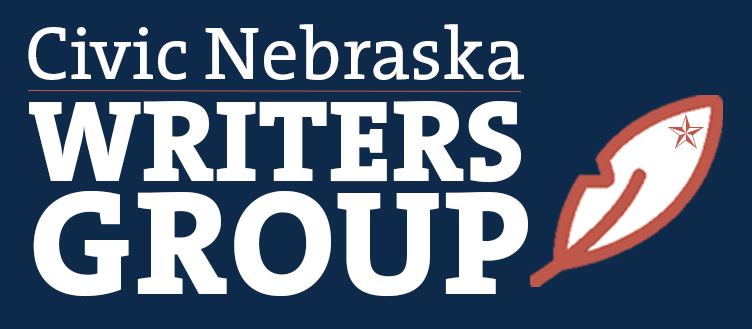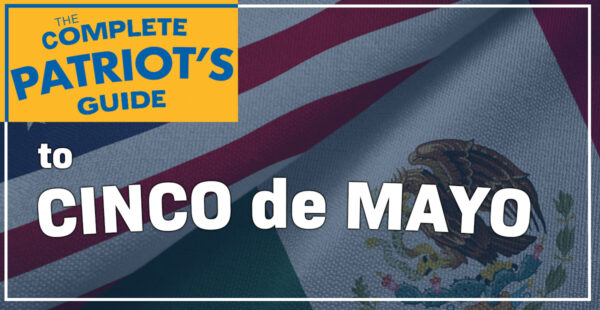I recently took part in a Nebraska State Chamber economic development summit. A mayor was sharing the work his community was doing to shift the needle, and one of the topics was developing emotional infrastructure, or the physical improvements in the community that increase the perceived quality of life. He referenced things like murals in art alleys, green spaces, and recreational waterways. All things that draw us to spend time in our downtowns and business districts.
 I thought to myself: What a brilliant phrase, emotional infrastructure. And then I wondered what our communities would be like if we applied that beyond physical improvements and within the way we work together on an interpersonal level.
I thought to myself: What a brilliant phrase, emotional infrastructure. And then I wondered what our communities would be like if we applied that beyond physical improvements and within the way we work together on an interpersonal level.
What if we created foundational rules for making things happen that we all adhered to as we collaborated on shared community goals? These rules wouldn’t be new concepts, just newly used and valued under a shared, intentional expectation.
Imagine our progress if we all agreed to consider the following emotional (communication) infrastructure:
1. We as a community will practice gratitude vs. expectation.
This is one we sometimes take for granted. We assume that an event or project or goal is as important to others as it is to us, and therefore expect others to get on board with our same passion and enthusiasm. Sometimes we expect without authentic appreciation or detailing why we need the involvement of others to succeed. Sometimes those expectations burn good volunteers out. Appreciation draws people to you, assumptions push people away.
We need others for just about everything. If we understand and express what a gift their help and understanding of others is, we all succeed.
2. We will be solution-focused vs. problem promoters.
It is really important to do the work of identifying the issues within our communities. It is also really important that we don’t get stuck there. We want the talk at our coffee shops to be about progress and solutions, not the same conversation about a problem we have been dealing with for the past 10 years.
What if we made a habit of our celebrating each small step toward our goals, giving life and opportunity for that success to be owned by everyone, even those in the community far removed from the actual work being done in the trenches?
3. We will lead to transform the whole rather than further self.
I’ve read numerous stories where one entity plugs their individual project and its success for the community. Where a small group of people decided what would be best for everyone. Where the focus became “look what I am doing for you.” I would venture that very rarely that success came without the assistance of others.
What if we practice promotion without organizational boundaries? What if it wasn’t about the municipality or development group and what they accomplished and more about the added benefits we anticipate will be shared by all?
Communities that do this well are the ones we all want to reach out to learn how they are accomplishing so much with their limited resources. Those are the communities in which it is easier to recognize leadership transition pipelines that ensure success well into the future.
4. We will set goals that do good for our residents, rather than make us look good to others.
It can’t always be mountaintop moments. There will always be an essential climb and descent. It creates patience and understanding as we hit roadblocks and experience setbacks when those we serve understand that we are working toward solutions that will solve their struggles. It can be easy to get into a habit of doing just enough to keep in the limelight. Or to chase the new, shining thing being promoted as the savior of community growth.
However, when we do just enough to look good to the outside world, we aren’t being true servant leaders to the long term needs of the places we call home. It takes something more. Something we, as Nebraskans are really good at. Rolling up our sleeves, getting into the dirt, and doing the work it takes to reap the harvest.
This has been a strange year for all of us. It would even be fair to say that just making it through developed its own model of emotional infrastructure. As we look at greeting 2021, let’s do so with hope. And ingenuity. And good ol’ Nebraska grit. And let’s start by creating a shared expectation of how we will all work together to reach our next set of meaningful goals.

Melissa Garcia is a community affairs manager at Black Hills Energy and a native of Broken Bow. Melissa has contributed to TEDxLincoln, the University of Nebraska System President’s Advisory Council, and the Rural Futures Institute Community Innovations project. For more Civic Nebraska Writers Group columns, click here.




